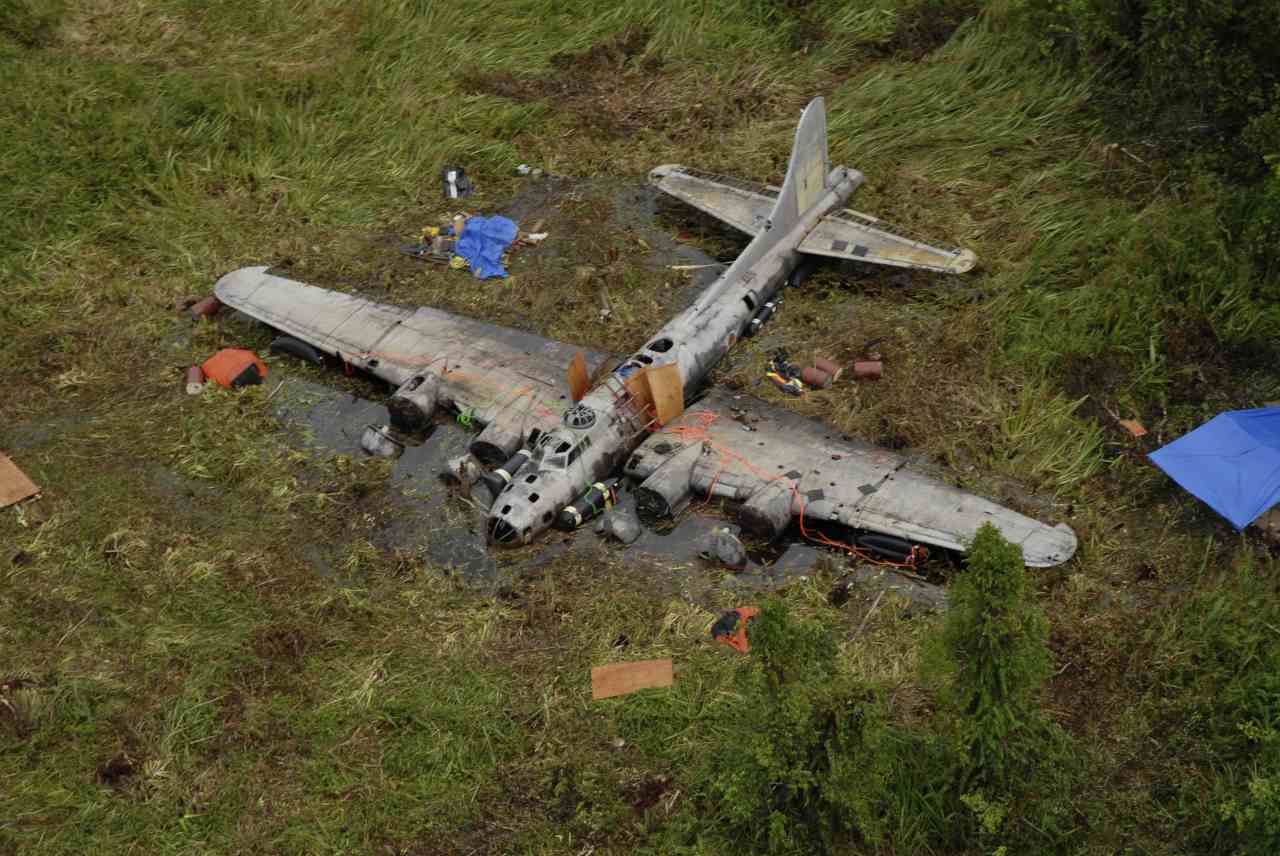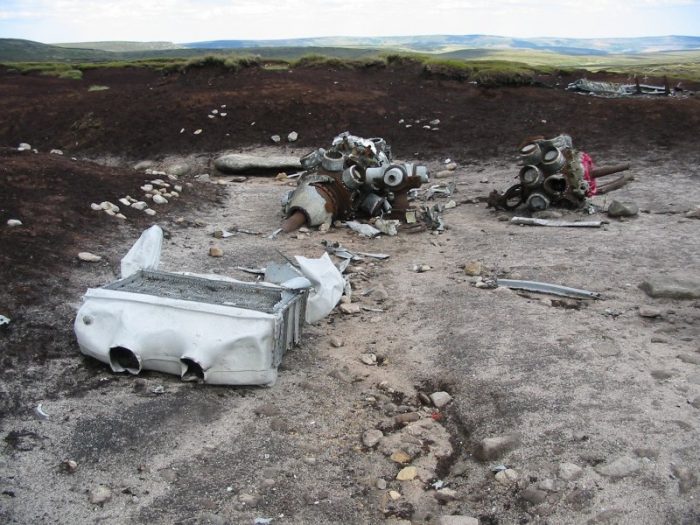The Struggle to Claim Military History Amid a Scavenger Hunt

When one thinks about the archaeological treasures of a nation, many things might come to mind: relics of extinct civilizations, long-lost precious cargo hidden away awaiting discovery by savvy treasure-hunters, or mysterious feats of prehistoric engineering, to name just a few – but in much of the world, ‘history’ as people understand it is far more recent.
This difference is most pronounced when one crosses the Atlantic: in North America, archaeology is catalogued and organized by the descendants of colonists – history is written by the victor, as it were.
But the material history of a nation can take on a very different character for those civilizations who have had their borders challenged or overrun in the memory of living citizens
Across the ocean, the still-living descendants of WWII casualties pay homage to their friends and relatives in battlefields and cemeteries that are often quite close to home, and ‘archaeology’ in such places includes the history of these families as it lays scattered but not forgotten in cities, towns and fields throughout continental Europe and the United Kingdom.

This historical charity English Heritage notes that such sites “belong to a period still well within living memory,” having significance “for remembrance, commemoration, their cultural value as historical artefacts and the information they contain.” These places are revered by their custodians as cherished material connections to their personal histories, and to pillage them for artefacts is tantamount to grave robbery in the eyes of their keepers.
In places that suffered as much as or more than England during the wars of the 20th century, these sites have sometimes only recently been recognized for their value – and in Czechoslovakia, the struggle to preserve them is itself beginning to take on the character of a battle.
In the spring of 1945, an American B-17G bomber named Laetitia drifted off-course and found itself under heavy fire from German air defenses over the town of Most near its intended target of Berlin. The site of a valuable fuel production facility.
Most was heavily guarded against aerial incursions and the bomber sustained heavy damage before turning East in an attempt to ditch behind Soviet lines. They made it as far as north central Czechoslovakia before bailing out of the ruined plane, the crew narrowly escaping the flaming wreck only to be taken prisoner shortly after.
Hidden away behind the Iron Curtain for the decades that followed, the downed plane received little interest until fifteen years later when a local researcher fell afoul of the Czech secret police for his attempt to make contact with the United States to make sense of the events that led to the wreck.
After the fall of the iron curtain, however, an industry began to emerge that engaged in the excavation of sites such as the wreckage of the Laetitia, leading cultural historians with the Czech Institute of Archaeology to sound the alarm about the desecration of places of national historical importance.
Jan Mařík, deputy director of the Institute, believes that more than half of the wreckage of Laetitia may have been removed by treasure hunters seeking artefacts or salvage.
At the root of their struggle is the belief that these objects belong not in the hands of collectors, but in the public domain where their value can be fully recognized amid a diminishing number of reminders of the horrors that gripped the world less than a lifetime ago.
Another Article From Us: Son of RAF Hero Locates Hampden From His Father’s Squadron
Mařík and his colleague Martina Beková have been actively pursuing the plundered articles of this and other sites, but as Mařík notes, by the time they have located them they have been moved so much that it’s difficult to say where they originated or how they came to be there. With each improperly moved article, a piece of not only Czech but global history is irrevocably lost.
